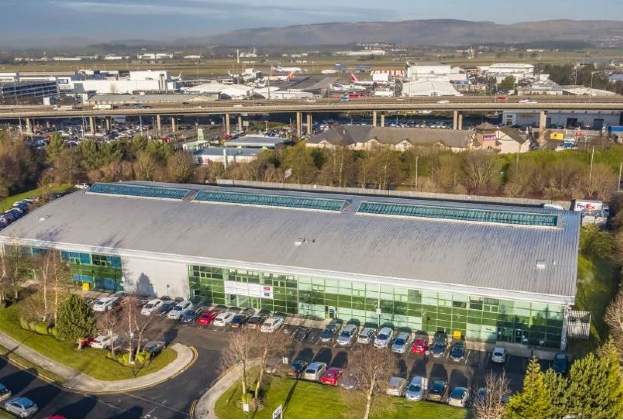New sites and the grey belt
Proposals include requiring local planning authorities (LPAs) to identify appropriate commercial sites for the needs of the modern economy, and identify strategic sites for local and inward investment to meet anticipated needs over the plan period. This includes a range of specific modern economic uses including laboratories, gigafactories, data centres, digital infrastructure, freight, and logistics.
However, this is not a definitive list. The draft NPPF goes further with a new requirement to make provision for the “expansion or modernisation of other industries of local, regional or national importance to support economic growth and resilience”. In other words, Local Plans should proactively encourage sustainable economic growth across the board.
In order to achieve this, a significant shortcoming in the current planning system will have to be addressed – namely assessing future land needs based on past take-up rates that have not kept pace with rapid change as a result of housing growth and the rise of online retailing, for example. A standardised method for calculating industrial needs reflecting the evolving, structural drivers of demand within the industrial and logistics sector is therefore required.
The proposed introduction of the grey belt , requiring local authorities to review green belt boundaries if they cannot meet their housing and commercial development needs, could potentially help by unlocking more, appropriate land for industrial and logistics purposes.
Moreover, the draft NPPF and associated documents suggest that the government is prepared to be more hands on in the planning process, introducing the potential to expand the range of developments that fall under the Nationally Significant Infrastructure Planning (NSIP) system particularly for renewable and digital infrastructure projects including data centres. It will be important there is optionality around the NSIP route, given the conventional route is likely to take less time on sites where the principle of development is less contentious, and the relative flexibility of the TCPA for allowing amendments post the grant of planning permission.

.jpg)



.jpg)
.jpg)
.jpg)

.jpg)
